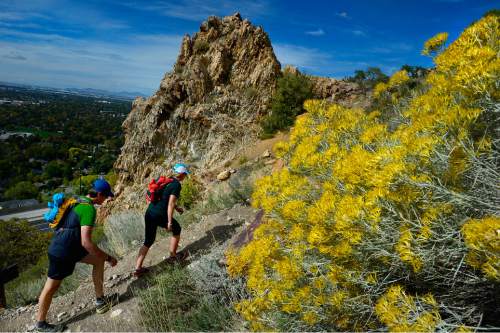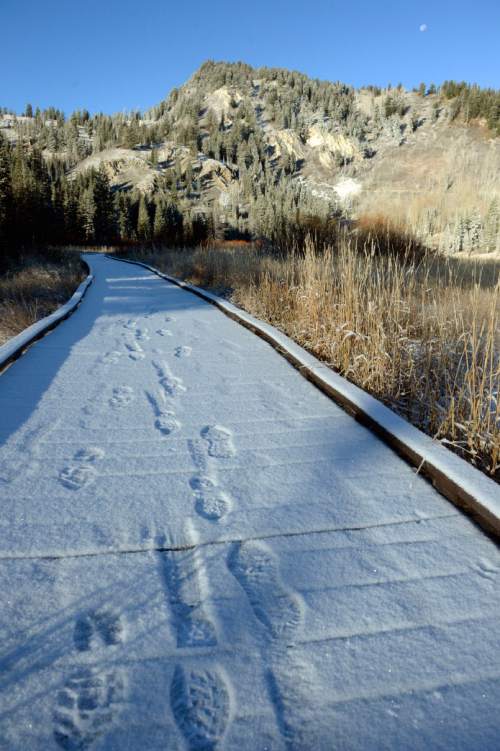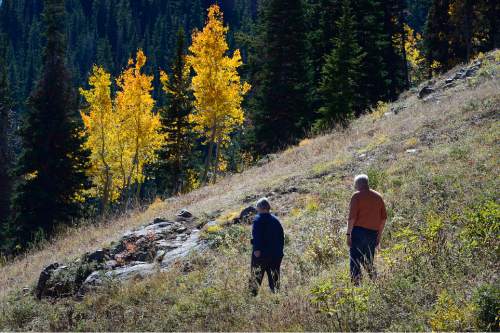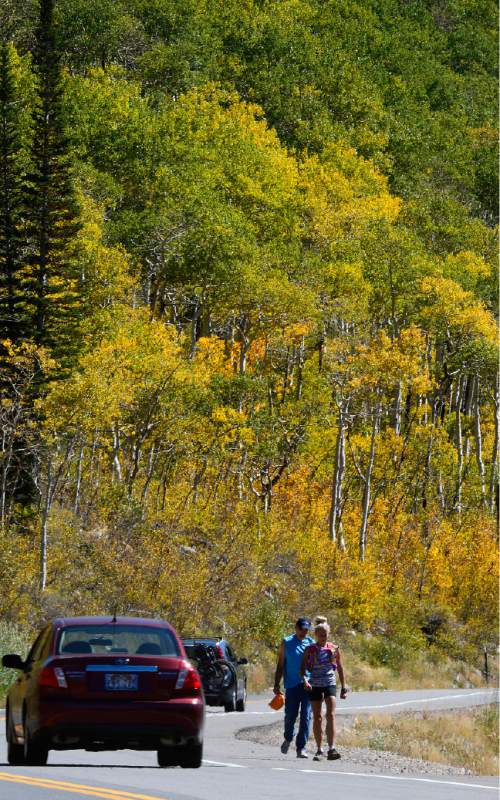This is an archived article that was published on sltrib.com in 2016, and information in the article may be outdated. It is provided only for personal research purposes and may not be reprinted.
Twenty-five years ago or so, when I was a boy growing up in central Illinois, I bought my first hunting license.
Carrying a shotgun through a harvested cornfield is about the best outdoor activity you can find during the fall and winter in a place that's flat. I left Illinois after high school and gave up hunting, too.
That is another way of saying: I haven't done much to finance the outdoors in a while.
That may change soon. The U.S. Forest Service proposes to apply a fee of $6 per vehicle on its most popular trails in Big and Little Cottonwood canyons. The public has until Sept. 9 to submit comments to malane@fs.fed.us. The fee would go into effect in June 2017.
Like any American, I have an aversion to paying taxes, or "fees," if you prefer. But I don't see that I have room to argue or complain here.
Hunters, anglers, ATV riders, boaters and a variety of other people in the outdoors pay fees in the former of licenses or registrations. Hikers? Not so much.
You have to pay to enter a national or state park, and there are a few local, state and national recreation areas that require anyone entering to pay a fee. But not everyone entering is a hiker, and there's no uniform system for collecting money from hikers in all those other places that don't have a gate.
Yet hikers expect trails to be groomed and brush to be trimmed away from them the same way hunters expect the deer and elk populations to be maintained. For that matter, the average hiker wants those populations maintained, too, so he or she can see the animals on a hike.
To see how much hikers are getting for free, look at Utah's 2015 Search and Rescue Annual Report. Actually, first, look at the purpose of the report. It's to show how Utah is spending money from its Search and Rescue Financial Assistance Program. That program, which paid $272,054 in search and rescue reimbursements to the counties in 2015, according to the report, is financed by registration fees from off-highway vehicles, boats and hunting and fishing licenses.
Yet hikers accounted for 2,147 searches and rescues by county search and rescue teams from 1998 to 2015, according to the report. That was about three times the number of the next-closest defined category — snowmobiling.
A fee in the Cottonwood canyons won't reimburse county search and rescue teams, unless the Forest Service decides to share the money, but it's maybe the start of hikers in Utah paying more for conservation and management of the lands they walk.
Yes, hiking is designed to be a cheap outdoor activity, and $6 can be a lot for some households. But $6 to hike through the Cottonwood canyons beats buying a license to carry a cold shotgun through cornstalks.
Twitter: @natecarlisle









